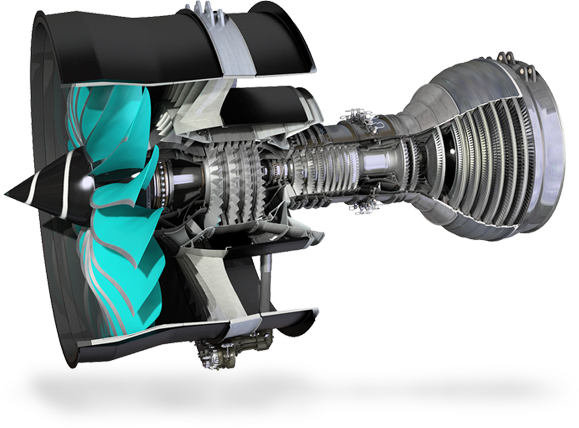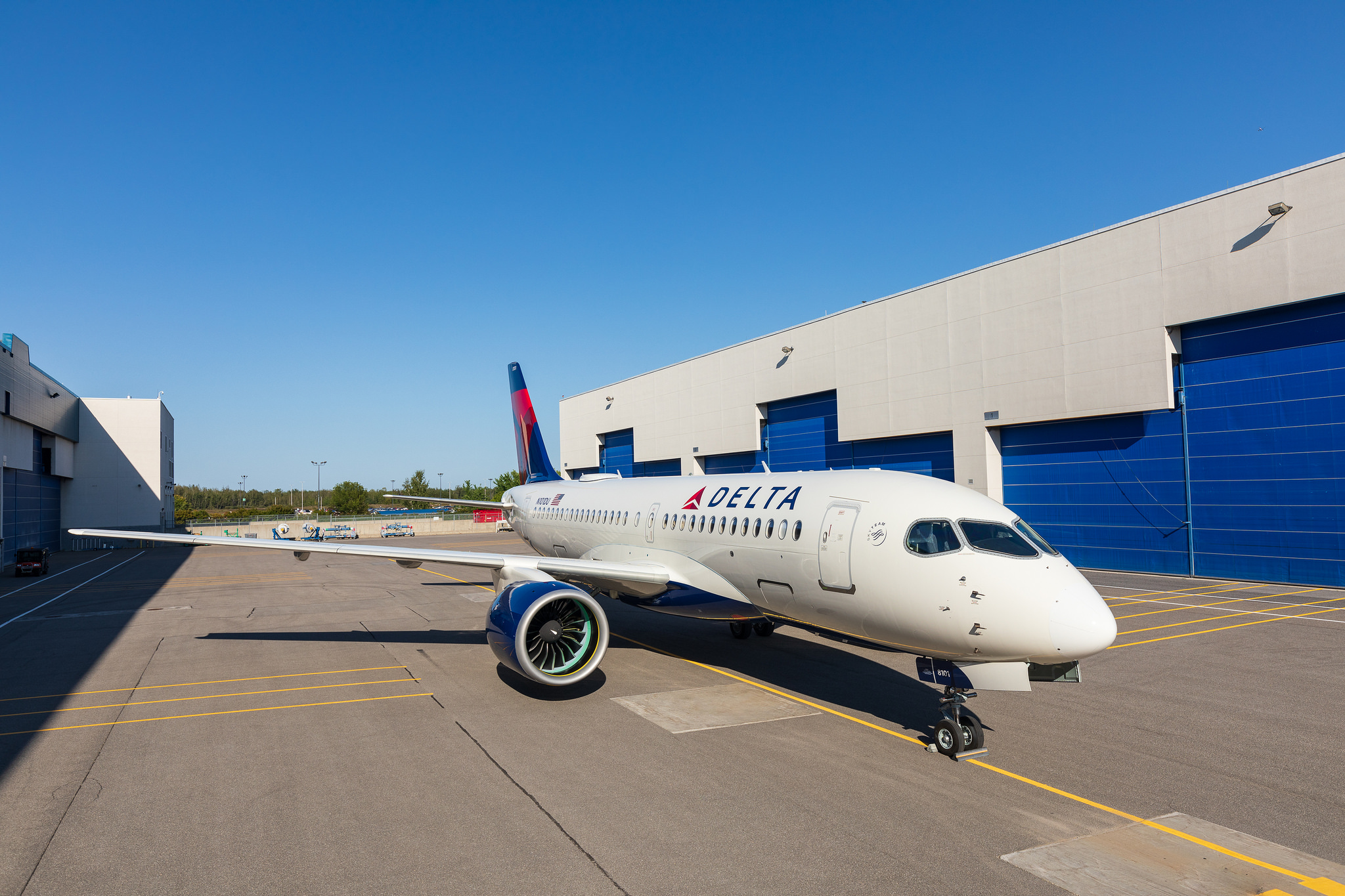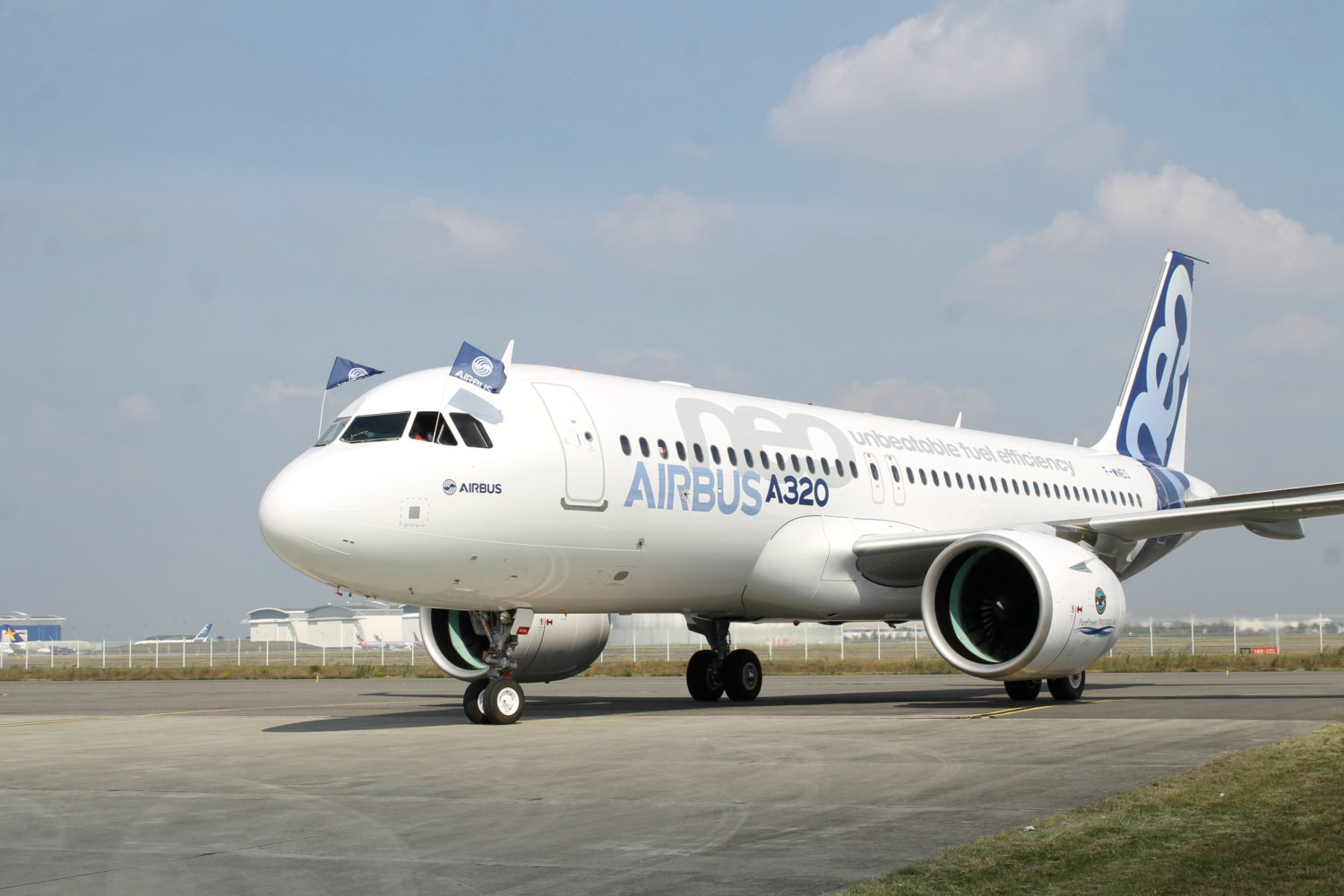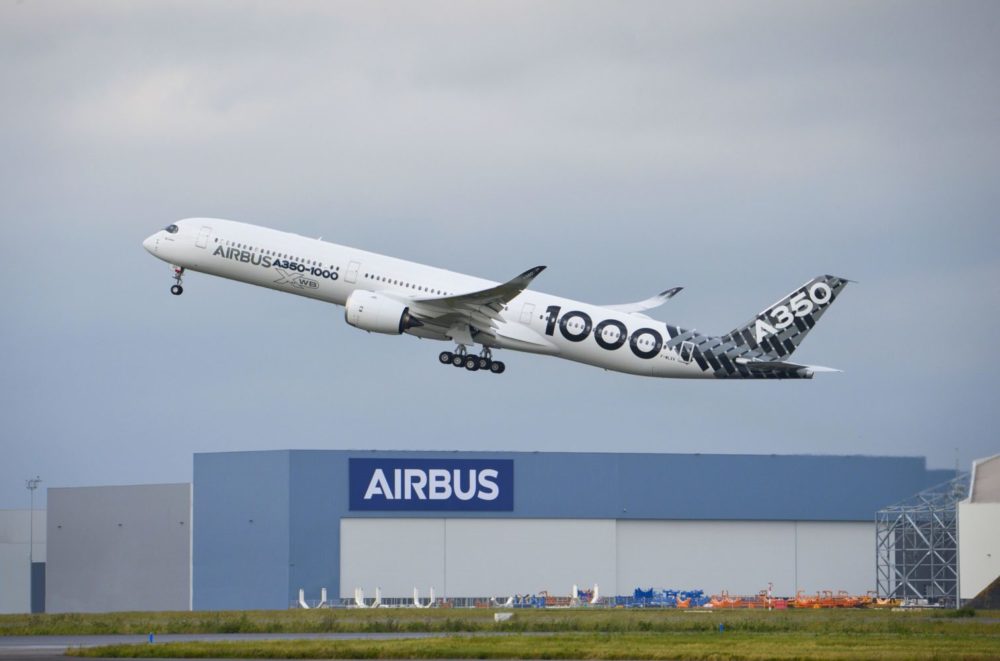Airbus hints plans for potential A350neo and new narrow-body aircraft
With new engines set to arrive in the next decade, particularly from Rolls-Royce with their Ultrafan, Pratt and Whitney with an up-gauged geared turbofan and Safran gearing up to run a demonstrator in 2021, Airbus is looking to use this new technology to revamp the A350 by giving it the ‘new engine option’ (neo) treatment.
Development of this aircraft, if the plans go ahead, is aimed to follow the development curve of the selected engines. At this stage, no indications are available as to whether Airbus will retain the exclusivity deal with Rolls-Royce for the A350. The use of ultra-high-bypass engines is desired to meet strict noise and efficiency improvements.

By selecting more than one engine option, Airbus can provide airlines with options as well as have a back-up strategy should one engine run into teething issues.
Although this plan is only indicated by a recent batch of job listings by Airbus, the feasibility of such a project is merely a note on the “to-do” list. Airbus’ top priorities right now are rebuilding their executive structure and increasing production for the A350 and A320neo family aircraft.
Tests are in the making to investigate the potential for production rates of 20 A350 and 100 A320neo family aircraft a month. Using today’s digital technology, Airbus is able to virtually operate production lines on a screen or in virtual reality and visualize any problems that might occur without interrupting their live production lines.
Airbus already has plans to increase A320neo production to 60 a month in 2019 and bring A350 production to a stable figure of 10 per month. Additionally, ongoing reviews of the newly acquired A220 line in Mirabel (previously Bombardier CSeries line) will hope to increase production of the A220 up from the roughly three per month figure we are seeing now.

To further extend their place in the narrow-body market and settle themselves in a good spot for if and when Boeing announces their proposed ‘797’, plans to introduce two new narrowbody aircraft are also present in the job listings.
The first would an A321LR with increased range, dubbed the A321XLR, which you can read about here. A redesigned fuel tank would hopefully bring the range up an additional 700 nautical miles, as well as strengthened landing gear and fuselage structures to support a higher maximum takeoff weight.
An improved A320neo will follow, should Airbus identify interest in the type. The aircraft would feature a stretch, new technology and potentially new engines in order to put up a good fight with the Boeing ‘797’, even though no real specifications exist as the aircraft is merely a design study.

As stated above, the developments Airbus have outlined in their job listings are just items on their list of things to do. Should they go ahead with the A350neo plan and introduce a new set of narrow-body aircraft, Airbus will lock themselves in a good position in the future. They’ll have a modern, efficient lineup of long-range aircraft as well as an upgraded or new line up narrow-body aircraft.
Airbus has selected an excellent time to begin research into these proposals too. With rising oil prices and countries around the world adopting stricter noise and pollution requirements, new aircraft, or at least aircraft with new engines, will be required. The existing A320neo family is selling fantastically so the large backlog will keep them busy enough to work out what’s next and bring in enough money to fund these projects.
Boeing is next. What will we see from them? Will there be an entire family of the proposed ‘797’? The aviation industry is like a game of chess. When a manufacturer makes a move, the other will always think up of a competing counterattacking move.


